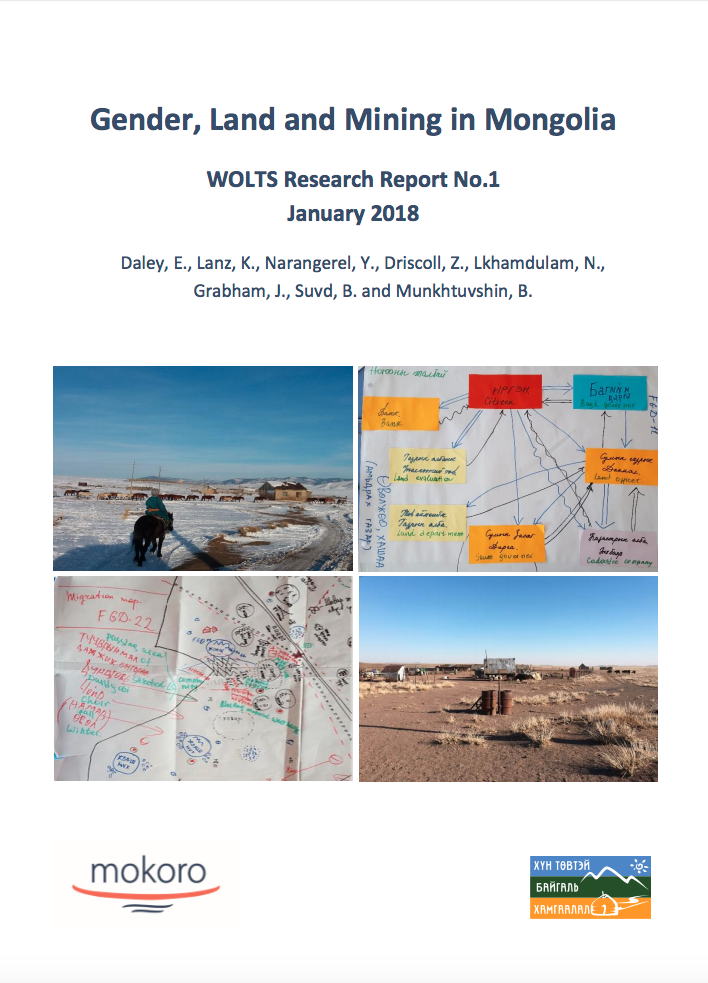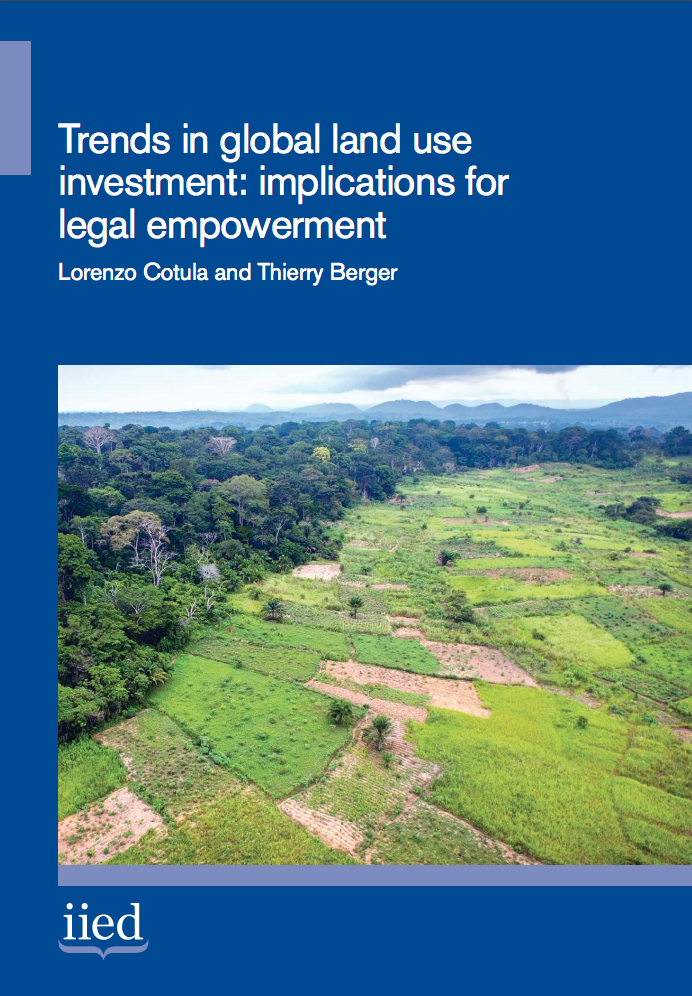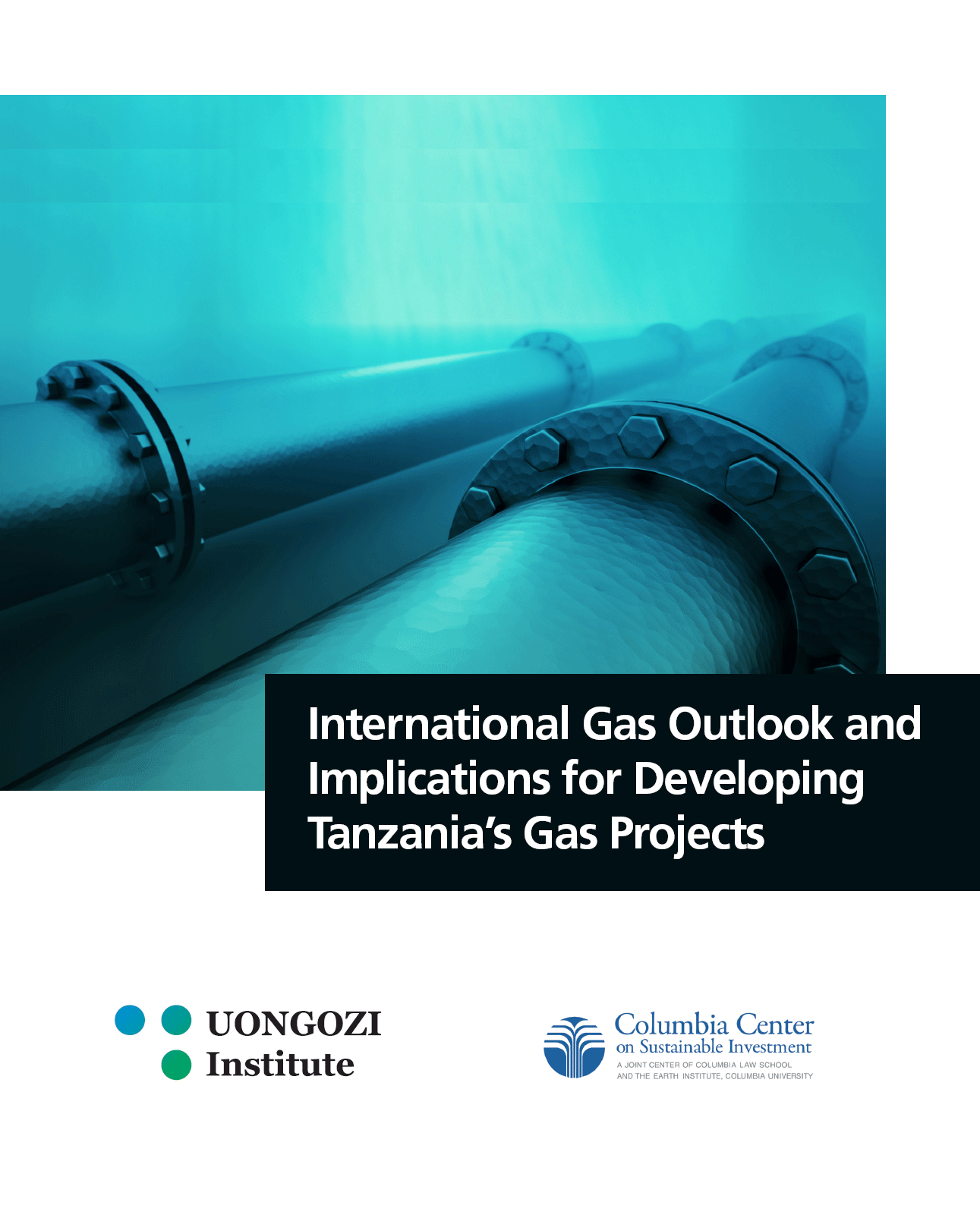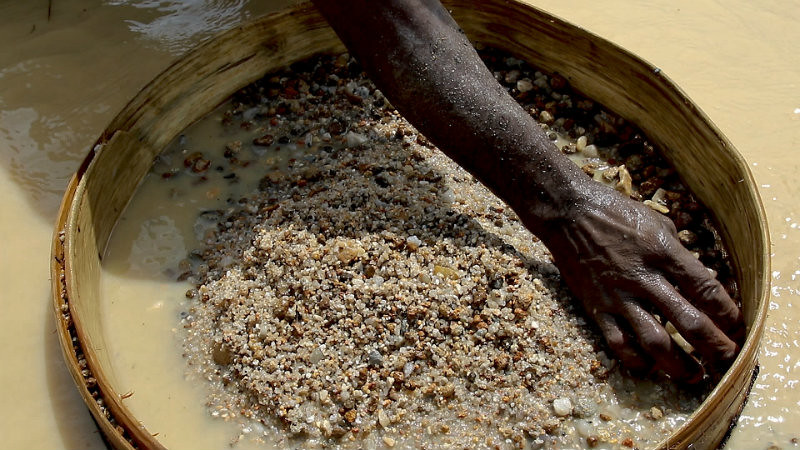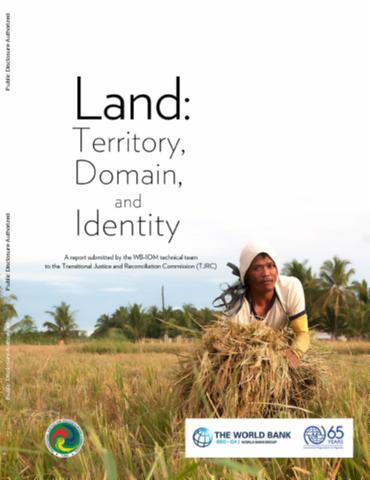Political settlements, the mining industry and corporate social responsibility in developing countries
In this paper the author takes a ‘political settlements’ approach to examining the political effects of corporate social responsibility (CSR) in developing countries. The political settlements approach uses an integrated understanding of politics, power and institutional forms to explain how, given different political processes and incentives, the same institutional forms can produce different economic and developmental outcomes.


